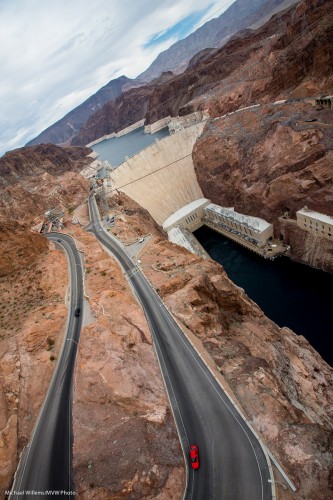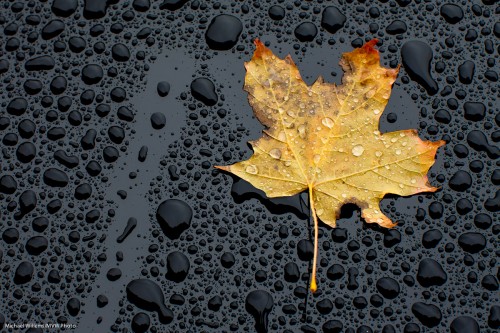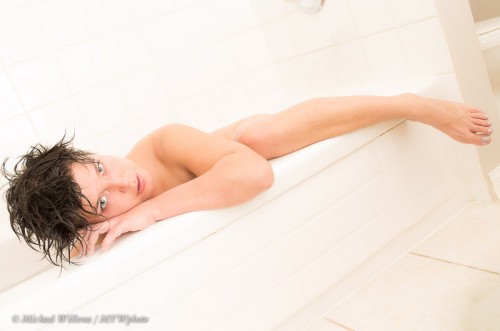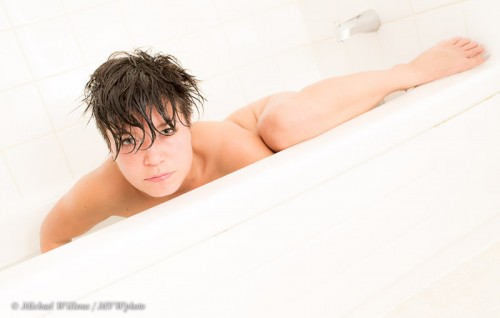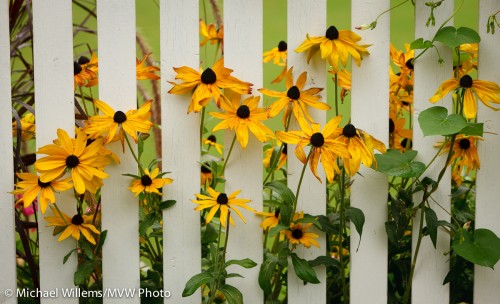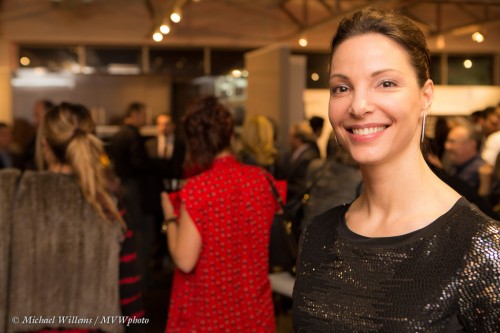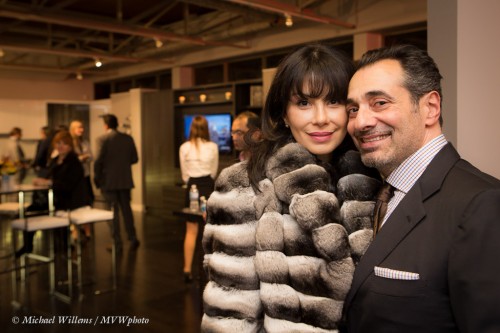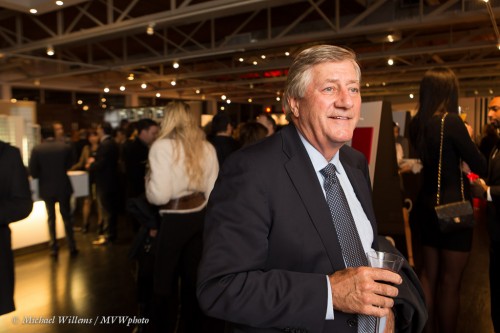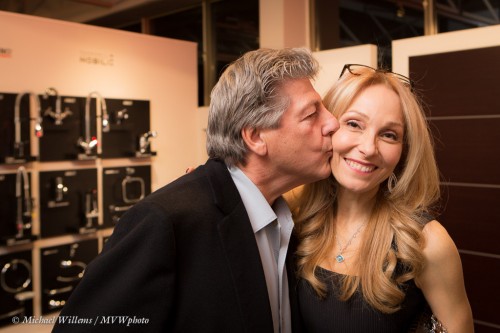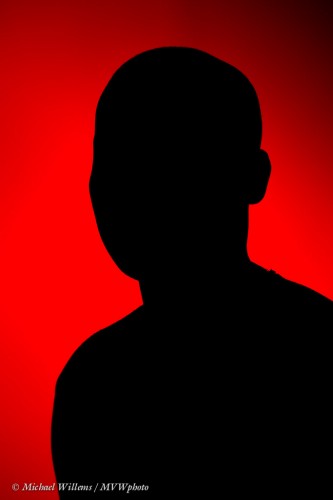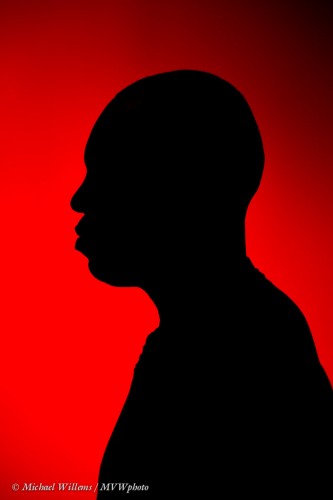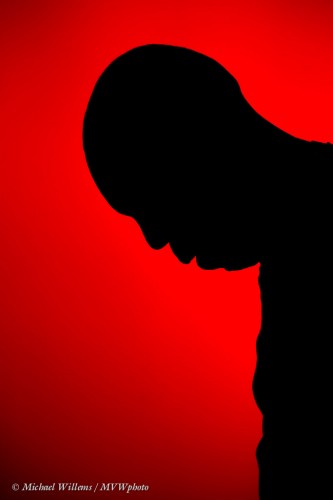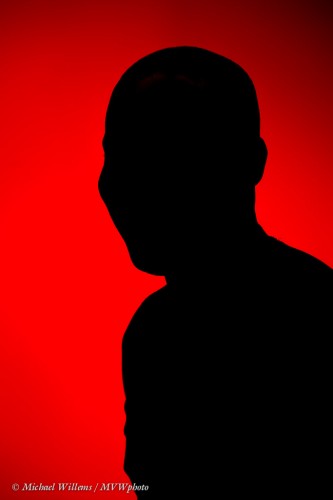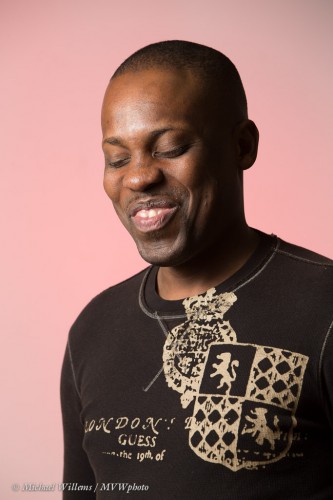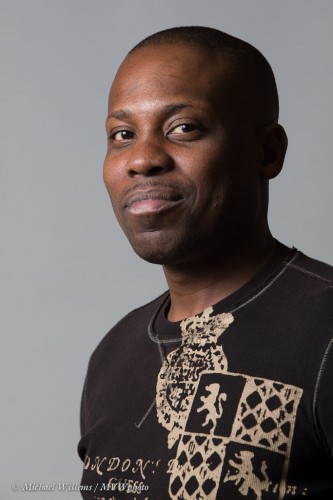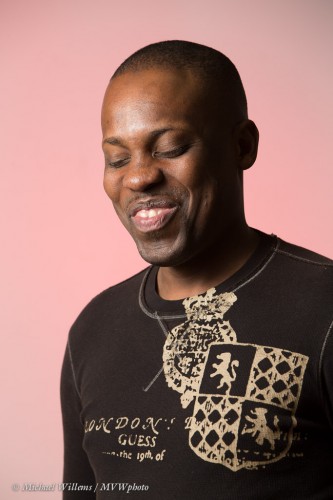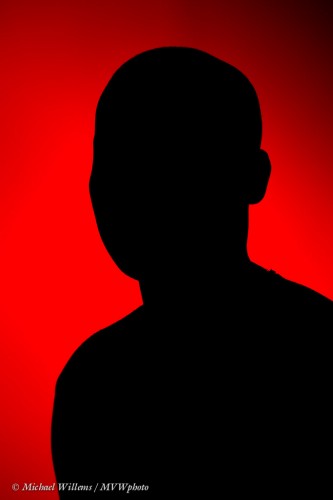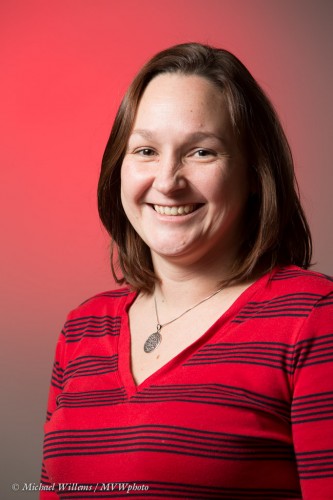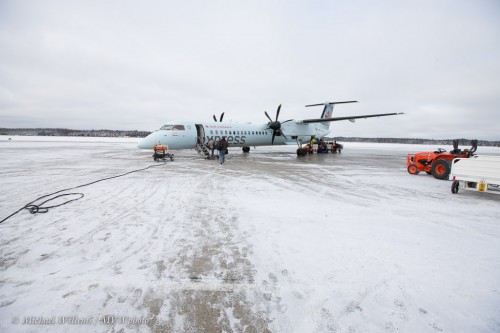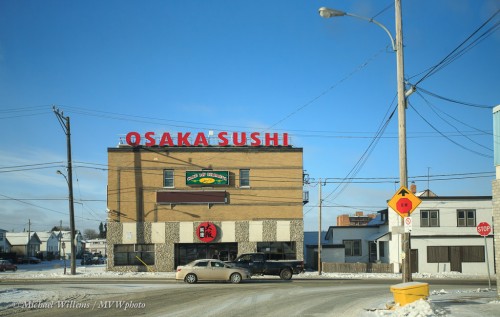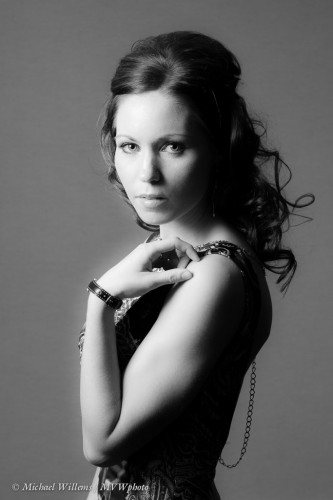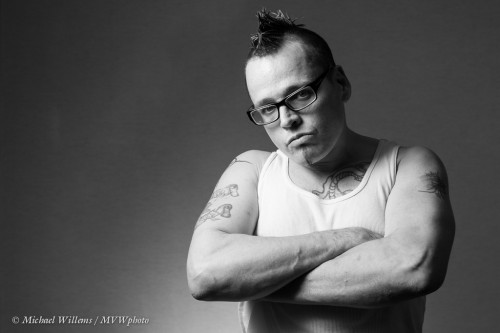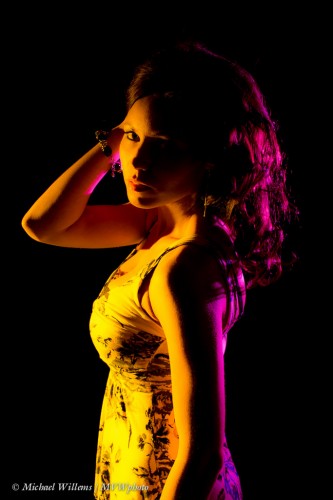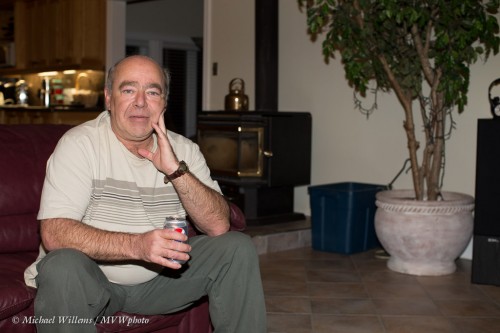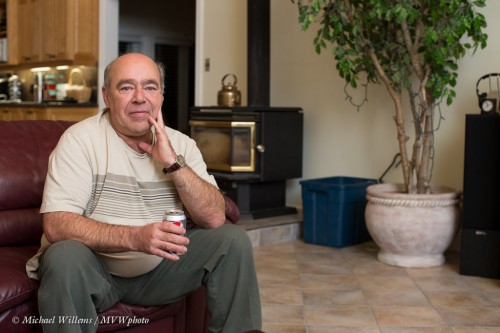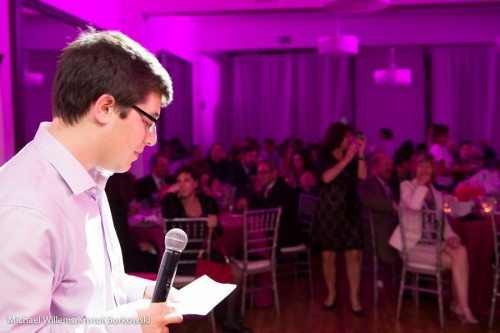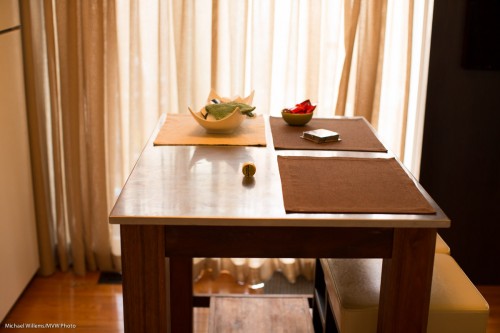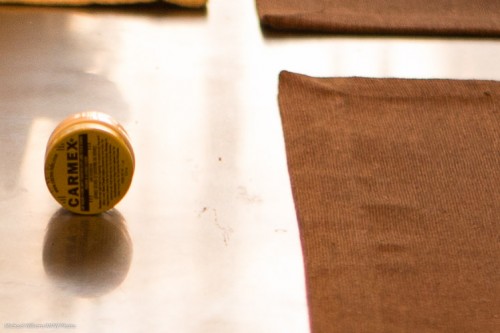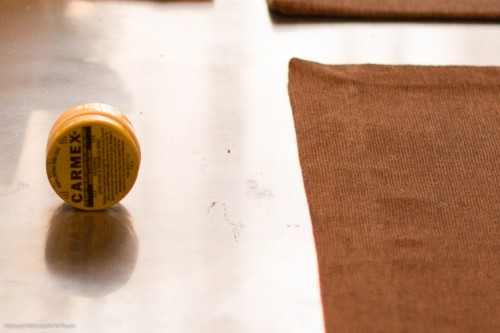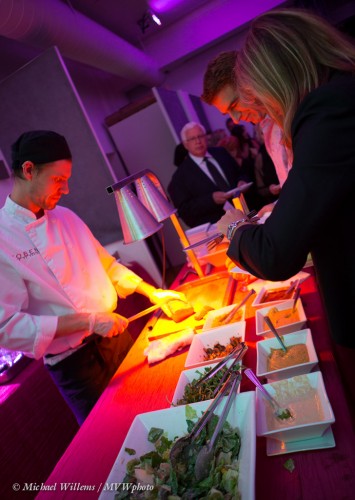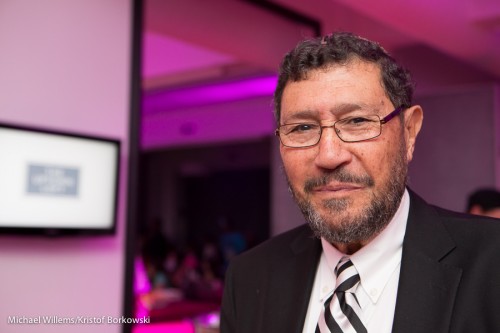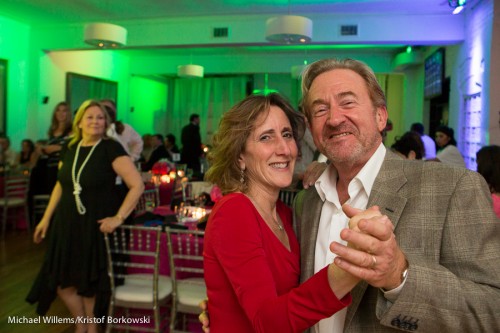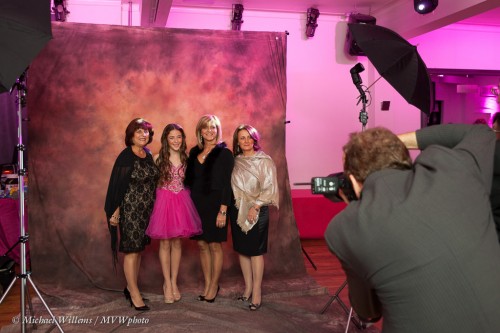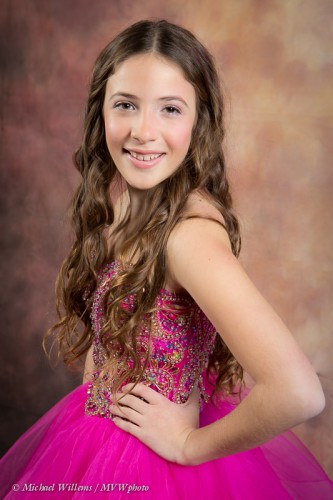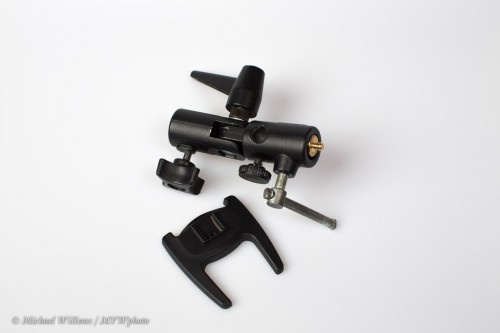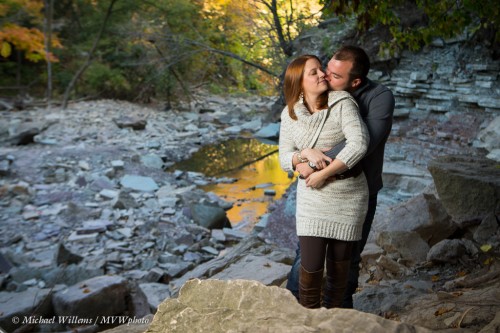One thing I often hear is “but it’s been done before”. Whether a landscape, a portrait, or any other subject it can be hard to do it in an original way.
My advice: find your own perspective. It has not been done before: the photons you capture have never been emitted in exactly the same way before.
The Hoover dam has been shot many times, but never with this red car:
The drops on this car hood have never happened before, and never will again.
This even applies to the most basic subjects: people have been painted and photographed in many ways, but this particular pose I shot a few hours ago is unique and has never happened before in exactly the same way:
As is this pose: a slight shift makes all the difference…
Or these dying flowers:
So before you give up before trying, I say: try basic subjects in your own way. Ask yourself what is unique in how you are depicting your subject. The subject itself? Or the Shape? Light? Orientation? Setting? Colour? Technique?
There’s so much you can do to put a new spin on an age-old subject, and it all starts with you asking yourself “what do I want to show the world, and in what way will it be unique?”. Once you know that, things kind of fall into place.

